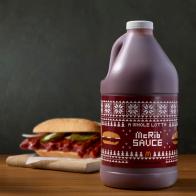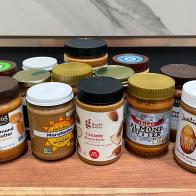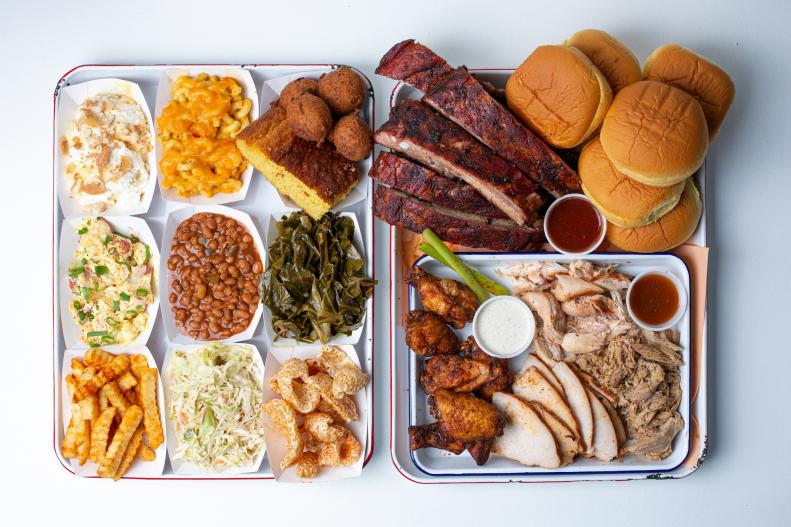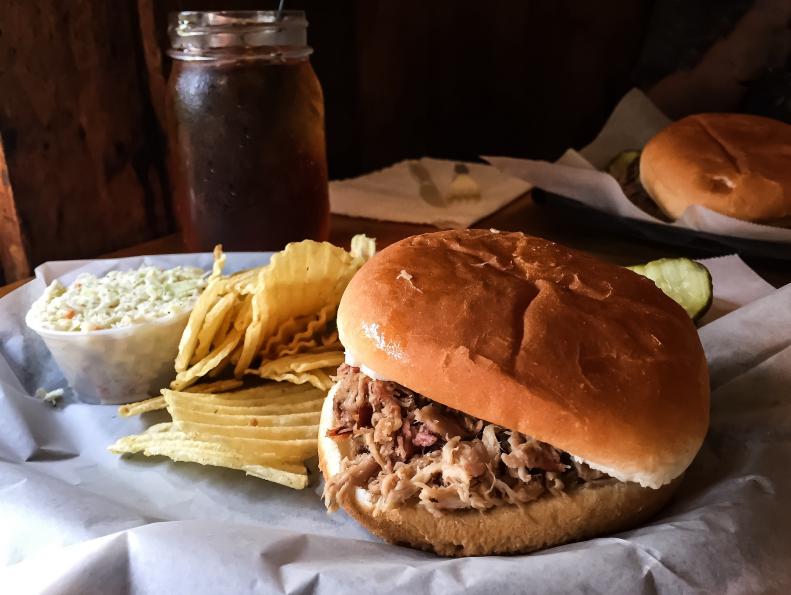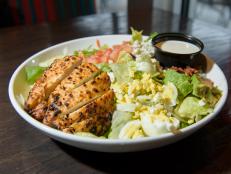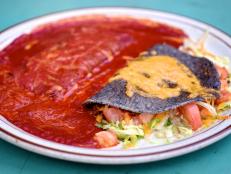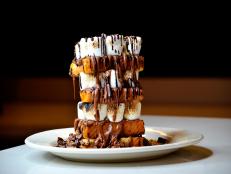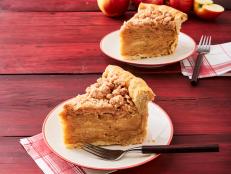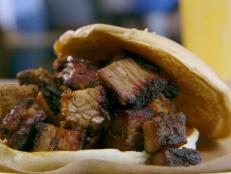Let's Take a Barbecue Road Trip
At its core, barbecue is a simple food: meat plus fire plus time. Cooking meat over fire is a tradition that’s found in virtually every culture, and the U.S. is no exception. Simple as that may be, there are several variables that create distinct styles of regional barbecue, including the preferred protein, types of wood or charcoal, rubs and sauces, and techniques and timings. Plus, there are regional twists on side dishes and regional barbecue specialties.
The good news is, as pit masters set up shop in states outside their hometowns, you can find great barbecue everywhere, from Memphis-style ribs in St. Louis to top-notch Texas brisket in Charleston. And with immigrants adding their barbecue traditions to the mix, other regional styles of barbecue are emerging, too, like barbacoa in California and Tex-Mex barbecue in Texas.
Barbecue is a celebration food, an economic way to feed a crowd and an undeniably delicious way to bring people together at the table. Whether you’re eating barbecue at a mom-and-pop roadside stand or a pilgrimage-worthy destination, good barbecue never goes out of style. Here, we explore some of the defining characteristics of American regional barbecue traditions, plus where you can eat it and what to order.












